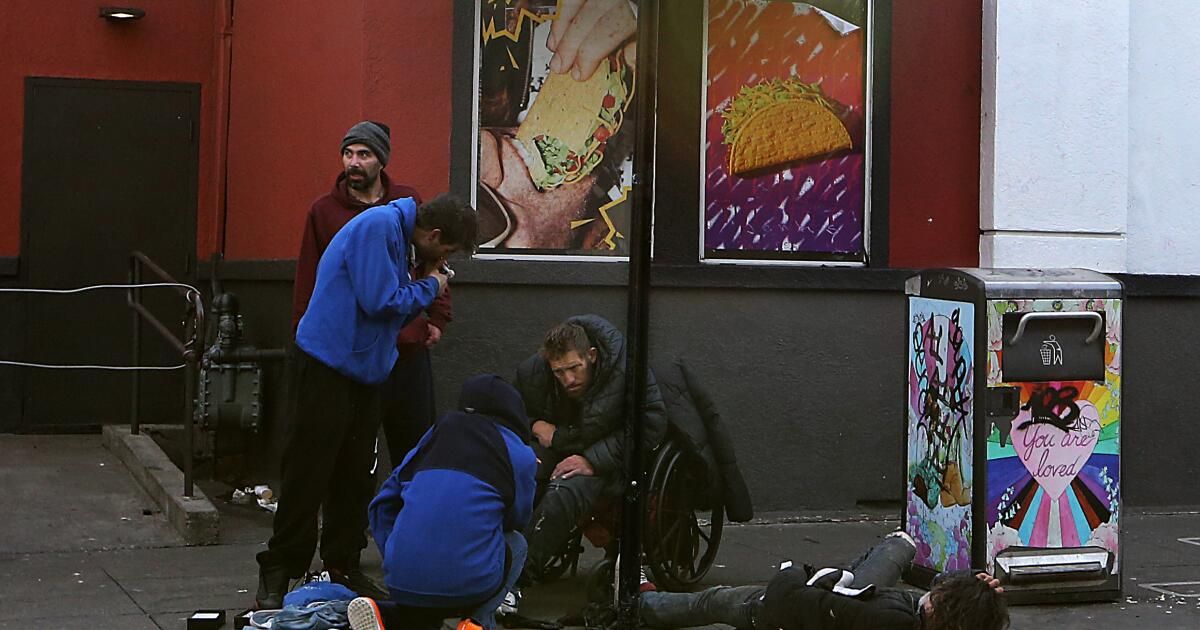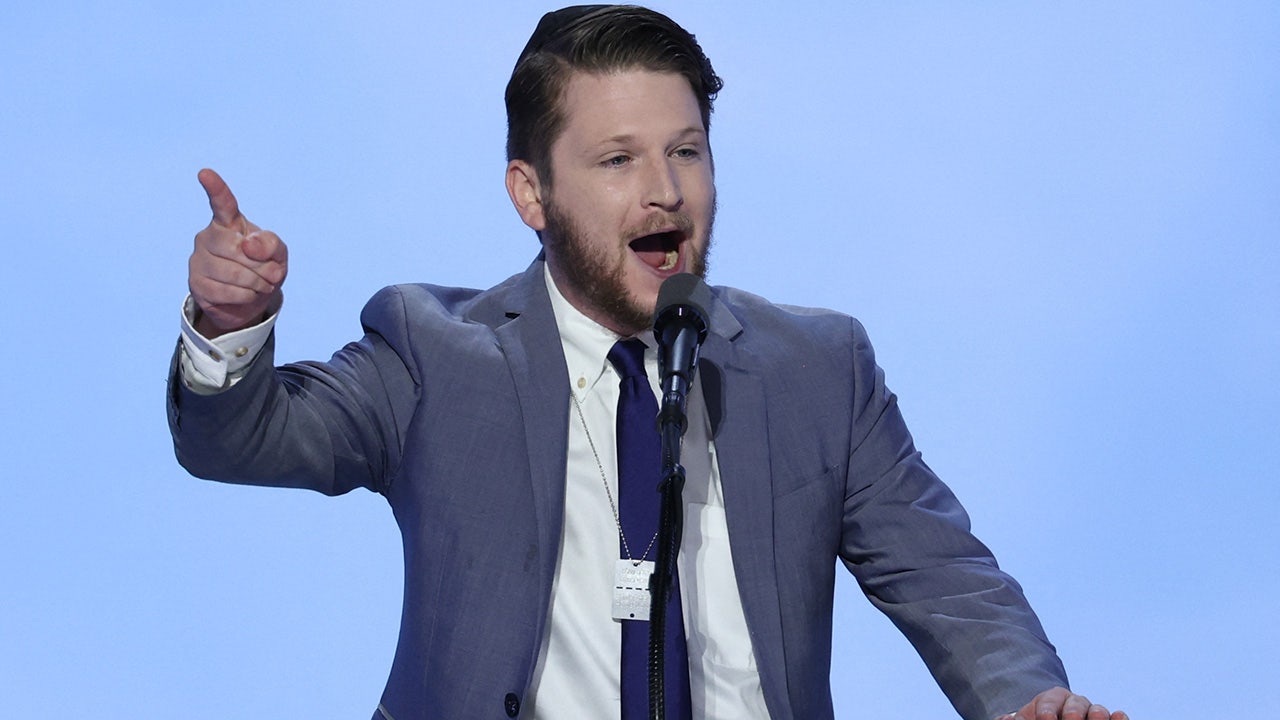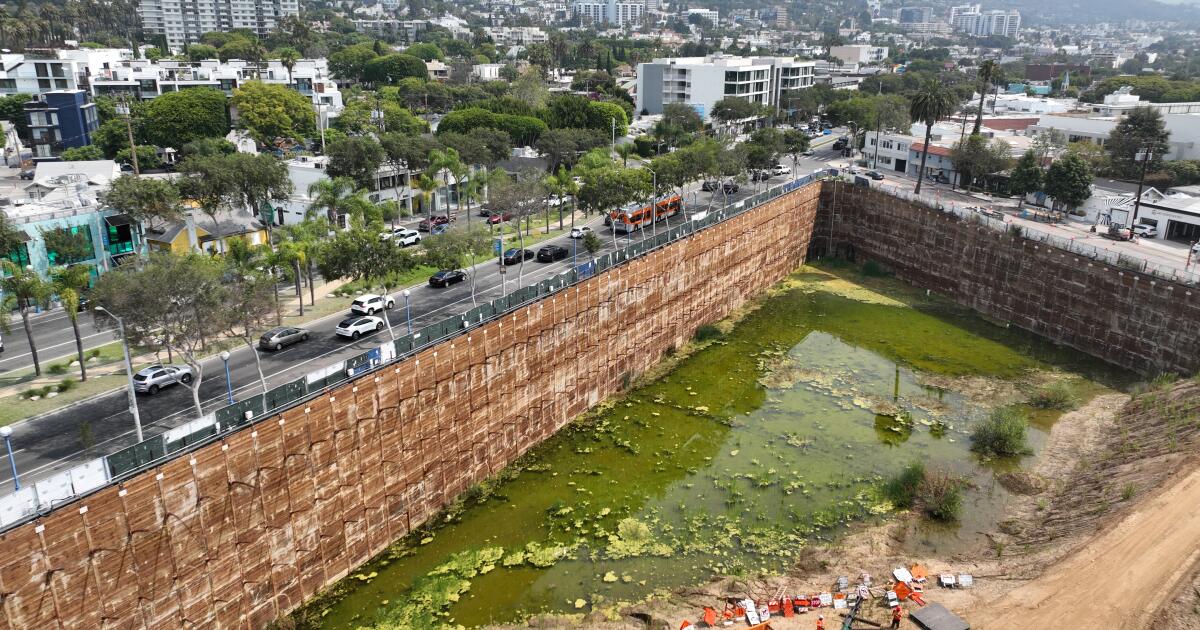Nearly half of people cited for drug use in San Francisco during a 12-month period ending in February were not city residents. according to a report published Thursday That sparked a debate about how to care for the poor and drug addicts in one of the most progressive cities in the country.
That data led to speculation by the mayor's office and its allies that abuse of free money offered to low-income residents was driving substance abusers to the Bay Area. But San Francisco Board of Supervisors Chairman Aaron Peskin called the statistics released by Mayor London Breed's office “highly suspicious” and said the report was a cynical attempt to attack the city's public safety network. .
San Francisco police cited 718 people for drug use between March 30, 2023 and February 2, 2024, with 47% of offenders stating they “resided in another county or refused to say so,” according to Breed's office. A slight majority of the citations were given to offenders who identified themselves as San Francisco residents.
Of that group, 20%, or 141, were beneficiaries of a government assistance program intended for San Francisco residents. However, the mayor's office said that about 33% of those 141 people were non-residents and “revealed that they lived outside of San Francisco.”
“These numbers serve as proof that we must continue to redouble our efforts to shut down our drug markets that are attracting people to come here,” Breed said in a statement.
He added that local, state and federal law enforcement agencies have increased drug seizures and arrests over the past year.
“We cannot budge until those who deal drugs and use drugs openly on the street understand that San Francisco is closed to this type of activity,” Breed said.
Drug use and overdose deaths have been a growing problem in San Francisco in recent months, drawing harsh criticism from conservative politicians and others who blame lax police enforcement and the city's liberal welfare policies. city.
But since May, Breed said the drug fight has targeted the high-crime areas of the Tenderloin and South of Market, or SOMA.
Law enforcement agencies made more than 2,000 arrests for drug sales or use in the Tenderloin area, and seized 260 pounds of fentanyl, according to city figures.
Last week, San Francisco police narcotics detectives arrested four people and seized 44 pounds of drugsincluding 32 pounds of methamphetamine.
Breed's office added that there have been 350 arrests for illicit substance abuse in two months this year, not counting raids conducted by the DEA.
These arrests have led to a surge in judicial activity, with 827 felony narcotics cases filed by the district attorney out of a total of 952 filed last year as of December 14.
Those numbers surpassed the county's 2018 record of 880 cases filed and 731 cases filed.
“These numbers further confirm that San Francisco is too often a destination for drug tourism, and why Mayor Breed's efforts to dismantle open-air drug scenes and put the onus on general assistance recipients to seek treatment against drugs when medically indicated are absolutely necessary,” said Supervisor Matt. Dorsey, whose district includes SOMA, in a statement.
Breed and others have speculated that one reason behind the increase in drug arrests is the San Francisco County Adult Assistance Program, or CAAP.
Every county in California must support low-income residents with cash and services. One such assistance program is CAAP, which offers San Francisco residents a monthly cash grant of $712, according to Trent Rhorer, Executive Director of the San Francisco Human Services Agency.
“These taxpayer dollars are intended to provide short-term support to meet the basic needs of San Francisco's poorest residents, not for people living in other counties… and certainly not for any recipient to purchase and use illegal drugs,” Rhorer said in a statement.
Currently, the HSA requires proof of residency in San Francisco for a minimum of 15 days, “but unfortunately people take advantage and provide false information when applying,” the mayor's office said. During the aid application process, applicants may not be under the influence of drugs. But it is unclear whether recipients are tested for illegal drug use after receiving funding.
“This data shows us that we must redouble our efforts to prevent this welfare fraud from going forward,” Rhorer said.
Peskin, whose district includes Chinatown, Fisherman's Wharf and Union Square, criticized the housing services agency, saying it failed to “fulfill this basic responsibility for years” of examining residency to determine eligibility for CAAP. He also accused the mayor's report of including “highly suspicious data.”
“[This] “It is yet another weapon in this administration's arsenal of cynicism to manipulate the genuine concerns people have about the staggering number of overdose deaths on our streets,” Peskin said in a statement.
Peskin said the statistics point to “safety net programs like public assistance” that should be “protected and invested in.”
He said the data raises questions about the mayor's ability to lead and the functionality of the HSA, asking “how can we trust them” if Breed and the HSA “can't even do the basics of their jobs.”
Kanishka Cheng, executive director and founder of TogetherSF Action, a nonprofit aimed at increasing civic engagement, said the city's social safety net “is a crucial expression of our liberal values.”
However, the lack of city-sponsored treatment for those struggling with drug abuse and the lack of enforcement of rules about who receives subsidies has ended up “sponsoring the deadly public drug use of outsiders.”
“This is a lose-lose situation,” Cheng said. “SF residents are fed up with the drug crisis. “We need to find intermediate, immediate and realistic solutions, instead of voting according to ideology.”












